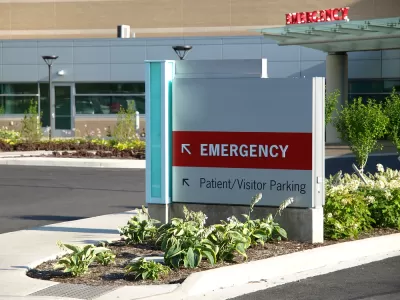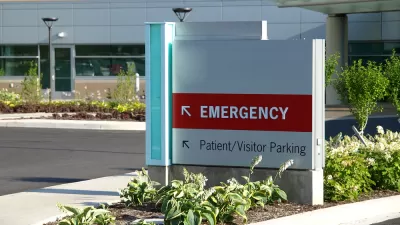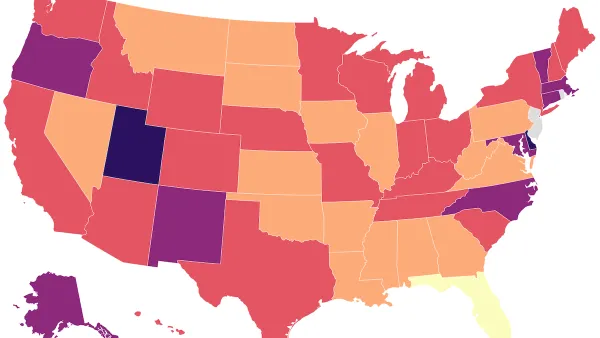Hospitals are uniquely suited to make an impact in the ongoing affordable housing crisis in the United States.

Tracey Walker shares news of an Urban Institute report from earlier this month that provides guidance for nonprofit hospitals and healthcare systems adopting a growing role in affordable housing investments.
Housing investment is relatively new for most hospitals and healthcare systems, according to Walker, but the survey operates from the assumption that "hospitals’ institutional assets, focus on health outcomes, and position as anchor institutions make them well-positioned to invest in affordable housing."
An article on the Urban Institute website by Martha Fedorowicz and Kathryn Reynolds published in April also credits policy changes initiative by the Affordable Care Act with some of the new housing initiatives by the healthcare industry.
Walker parses out the key findings of the survey results published in August in a list, including a list of three concrete ways hospitals and healthcare systems can support housing investments:
- Donating land or buildings or swapping land with a housing developer;
- Using their financial position to enhance credit or lowering borrowing costs, or provide a direct loan for construction, renovation, or rehabilitation costs; and
- Contributing staff time or capital to encourage others to invest in affordable housing development.
For more background and context for the survey, see also another Urban Institute article written by Mathew Eldridge, along with Fedorowicz and Reynolds, to supplement the release of the survey findings.
FULL STORY: How Can Hospitals Invest in Affordable Housing?

Planetizen Federal Action Tracker
A weekly monitor of how Trump’s orders and actions are impacting planners and planning in America.

Congressman Proposes Bill to Rename DC Metro “Trump Train”
The Make Autorail Great Again Act would withhold federal funding to the system until the Washington Metropolitan Area Transit Authority (WMATA), rebrands as the Washington Metropolitan Authority for Greater Access (WMAGA).

The Simple Legislative Tool Transforming Vacant Downtowns
In California, Michigan and Georgia, an easy win is bringing dollars — and delight — back to city centers.

The States Losing Rural Delivery Rooms at an Alarming Pace
In some states, as few as 9% of rural hospitals still deliver babies. As a result, rising pre-term births, no adequate pre-term care and "harrowing" close calls are a growing reality.

The Small South Asian Republic Going all in on EVs
Thanks to one simple policy change less than five years ago, 65% of new cars in this Himalayan country are now electric.

DC Backpedals on Bike Lane Protection, Swaps Barriers for Paint
Citing aesthetic concerns, the city is removing the concrete barriers and flexposts that once separated Arizona Avenue cyclists from motor vehicles.
Urban Design for Planners 1: Software Tools
This six-course series explores essential urban design concepts using open source software and equips planners with the tools they need to participate fully in the urban design process.
Planning for Universal Design
Learn the tools for implementing Universal Design in planning regulations.
Smith Gee Studio
City of Charlotte
City of Camden Redevelopment Agency
City of Astoria
Transportation Research & Education Center (TREC) at Portland State University
US High Speed Rail Association
City of Camden Redevelopment Agency
Municipality of Princeton (NJ)





























